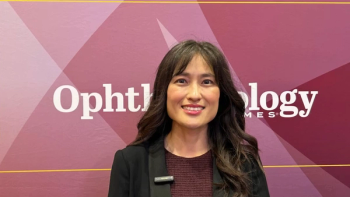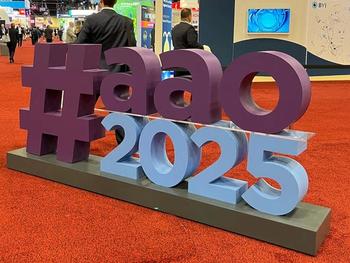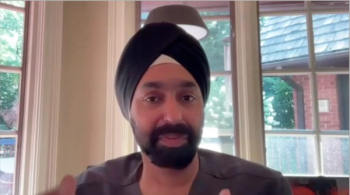
KALAHARI study: Phase 2 early results indicate alternative treatment pathway for patients with DME is effective, durable
Rahul Khurana, MD, discusses his 2022 ASRS talk, “Phase 2 Study of THR-149, a Plasma Kallikrein Inhibitor in Patients With DME Who Respond Suboptimally to Anti-VEGF Treatment (Month 6 Results of Part A of the KALAHARI Study),” which he presented in New York City, New York.
Video transcript
Sheryl Stevenson [SS]: So we're joined today with Dr. Khurana. Welcome to you. And we're looking forward to learning more about the data that you'll be presenting at this year's ASRS meeting. Can you tell us more?
Rahul Khurana, MD: Sure, I'm really excited to share the early results from our Phase 2 clinical trial for diabetic macular edema. For those who practice, we know that anti-VEGF therapy is very effective. But we also know there's a large percentage of patients that don't completely respond in the sense that, despite what we've seen from the DRCR network and protocol T, despite giving nearly four to six treatments in the first four to six months, nearly 40 to 50% of patients will still have some type of persistent fluid. And the hope was to look at a new pathway.
In this study that I'll be presenting, this Phase 2, trial is looking at a new pathway that's independent of vascular endothelial growth factor. And that looks at this molecule called plasma kallikrein. And this is a new target, which appears to operate independent of VEGF. And the hope is that we can look at patients that maybe that don't respond as well to traditional therapies, and seeing if this new paradigm, we're trying this new target, may give us some good results.
And in this clinical trial, we basically looked at three escalating doses of a compound that inhibits plasma kallikrein. And what we've seen the data so far, and again, this is very early, but with the data I'll be presenting on Saturday has shown that in the high dose, after three treatments, these patients that had had not respond completely to the anti-VEGF therapy gained nearly 7 to 8 letters after switching to this new pathway.
More interestingly, after the first three months in the following four months, they didn't need any subsequent treatments, and they maintained the vision. So there seems to be some excitement, or we are excited, that maybe this new pathway may give us something more and maybe a new treatment option for our patients with diabetic macular edema. Right now, with the first part of the study being done, the company is moving to the second part of the study, which we're just going to be testing out this new dose in a large number of patients and we anxiously wait to see if these initially preliminary results are replicated in the larger study.
SS: Excellent. Well, we look forward to learning more about that. Thank you so much for your time today.
Note: This transcript has been lightly edited for clarity.
Newsletter
Keep your retina practice on the forefront—subscribe for expert analysis and emerging trends in retinal disease management.
















































